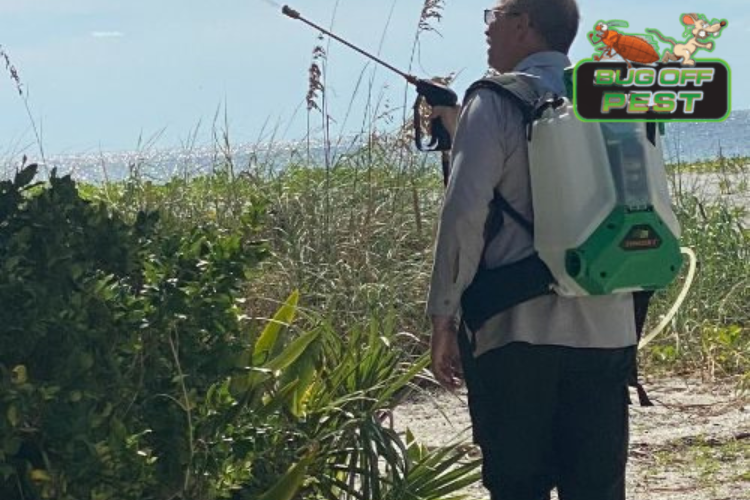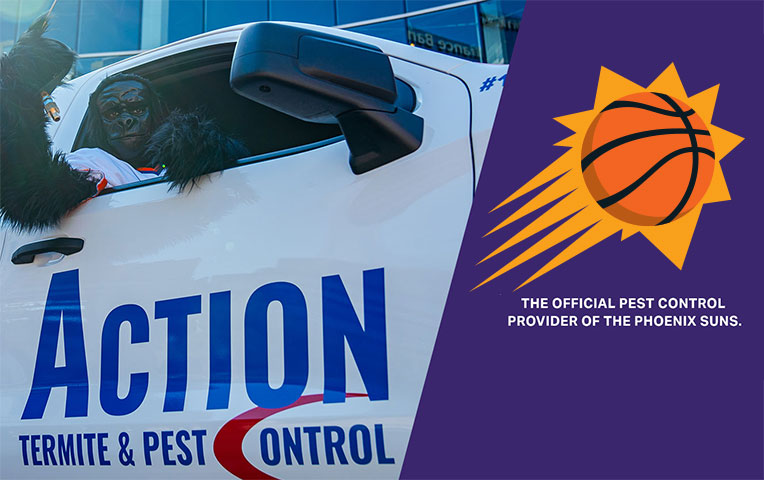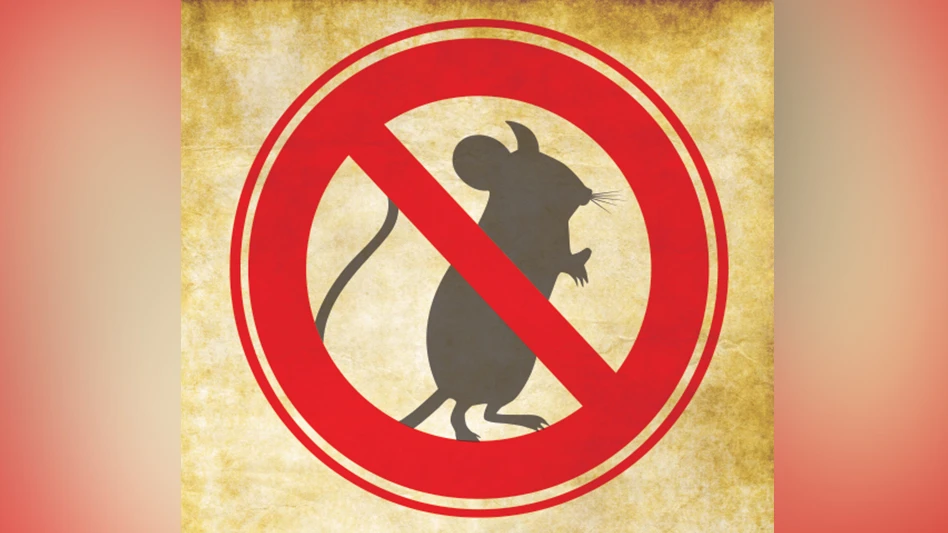How an Exterminator in Port Charlotte Can Safeguard Your Home from Rodents
Learn More About the Latest Advancements in Parasite Control and Exactly How to Carry Out Effective Treatment Solutions
Recently, the area of insect control has actually experienced substantial advancements, driven by the need for lasting and reliable therapy services. Cutting-edge methods such as Integrated Pest Monitoring (IPM) combine environment-friendly methods with cutting-edge technology, enhancing both effectiveness and environmental responsibility. The assimilation of clever technologies and Do it yourself techniques has encouraged individuals to tackle parasite issues extra effectively. As we check out these advancements, it comes to be important to recognize how best to apply these approaches in numerous settings to accomplish ideal results. The effects for bug monitoring practices could be transformative.
Eco-Friendly Parasite Control Options
In recent times, the demand for green parasite control choices has risen as services and house owners alike look for sustainable options to conventional chemical therapies. This shift is driven by expanding environmental recognition and a wish to reduce the wellness risks connected with synthetic pesticides.

Green bug control methods encompass a variety of approaches that focus on using all-natural substances and practices. Integrated Parasite Administration (IPM) is one such approach, integrating biological, social, and mechanical techniques to handle bug populaces while minimizing dependence on chemicals (Wildlife removal services). This holistic method highlights avoidance with habitat control and the introduction of natural killers, thus fostering a well balanced community
One more prominent alternative is making use of herb chemicals stemmed from plants, which have a tendency to be much less dangerous to non-target microorganisms. Products like neem oil and diatomaceous earth have actually acquired traction for their efficiency in controlling pests while presenting marginal risks to human health and the atmosphere.
Furthermore, exemption techniques, such as sealing access factors and keeping sanitation, play a critical function in environment-friendly parasite administration. By adopting these sustainable methods, services and individuals can effectively handle bugs while advertising a much healthier earth for future generations.
Smart Modern Technology in Insect Monitoring
Technology is reshaping the landscape of pest administration, with clever modern technology becoming a crucial force in enhancing performance and performance - Wildlife removal services. The assimilation of Net of Things (IoT) gadgets, expert system (AI), and information analytics is changing just how insect control experts approach invasions
Smart catches furnished with sensing units can identify pest task in real-time, sending out immediate informs to operators. This enables prompt feedbacks, decreasing damage and reducing the need for substantial treatments. Additionally, AI algorithms evaluate historical data to predict insect behavior, allowing positive treatments based upon environmental problems and invasion patterns.
Drones and computerized vehicles are additionally playing a considerable role in pest monitoring, giving airborne assessments of big locations, identifying hotspots, and also distributing targeted treatments. These modern technologies not just streamline operations but likewise boost safety and security by restricting human exposure to potentially hazardous chemicals.
Moreover, mobile applications equip customers to keep an eye on insect activity and access specialist advice, fostering a joint approach to pest monitoring. On the whole, the adoption of smart innovation is establishing a new standard in bug control, stressing data-driven decisions and sustainable practices that inevitably benefit both specialists and house owners alike.
Integrated Parasite Monitoring Approaches
Integrated Parasite Monitoring (IPM) utilizes an alternative strategy to pest control, combining different strategies to properly handle insect populations while decreasing risks to human health and the environment. IPM focuses on recognizing the pest life cycle, their natural opponents, and the ecological community in which they prosper.
Among the essential elements of IPM is checking pest populations via regular evaluations and information collection. This enables the recognition of bug thresholds, identifying when intervention is essential. Cultural methods, such as plant hygiene, habitat, and turning control, are vital in decreasing bug prevalence and advertising plant wellness.
Mechanical controls, including catches and barriers, are additionally important in IPM. These approaches can physically remove or prevent bugs without making use of chemicals. When essential, the cautious application of chemical controls is employed, concentrating on targeted treatments that reduce ecological influence.
Education and cooperation amongst stakeholders, including farmers, insect control specialists, and the area, are crucial for the effective application of IPM methods. By focusing on lasting click for more info techniques, IPM not find out here now only addresses pest concerns but also promotes a healthier community.
Biological Control Techniques
Various organic control approaches are progressively recognized for their effectiveness in taking care of parasite populaces while promoting eco-friendly equilibrium. These techniques harness natural killers, parasites, and virus to reduce pest numbers without relying on synthetic chemicals. The intro of ladybugs can properly manage aphid populations, while nematodes target soil-dwelling pest larvae.
Furthermore, making use of microbial chemicals, such as Bacillus thuringiensis (Bt), provides an environmentally pleasant option for handling caterpillar parasites. These products especially target pest types, decreasing harm to useful pests and pollinators. Conservation biological control stresses enhancing environments for natural opponents, such as birds and helpful pests, thus encouraging their presence in farming systems.
Research remains to expose innovative strategies within this field, such as the use of scents to interrupt pest mating patterns or the development of biocontrol agents via hereditary engineering. Implementing these techniques can result in sustainable pest management techniques that alleviate the reliance on chemical interventions, inevitably fostering healthier environments. As understanding of these techniques grows, they are becoming important parts of integrated bug management (IPM) approaches, using a balance in between reliable bug control and environmental stewardship.
Do It Yourself Pest Control Solutions
As home owners seek reliable methods to tackle pest problems, do cockroach infestation it yourself insect control remedies have actually gotten popularity for their ease of access and cost-effectiveness. These techniques equip people to attend to invasions utilizing conveniently available materials and strategies, typically without the demand for expert intervention.

In addition, preserving correct sanitation and regular inspections can avoid insect entrance and nesting (Wildlife removal services). Straightforward methods, such as securing cracks, getting rid of food resources, and decluttering, can dramatically reduce pest populaces. Traps, both homemade and commercially readily available, can also offer effective remedies for surveillance and controlling specific insects like rats or bugs

Conclusion
The combination of green insect control alternatives, smart technology, and innovative monitoring methods presents a comprehensive strategy to efficient pest monitoring. By accepting Integrated Bug Administration (IPM) and using biological control techniques, alongside Do it yourself solutions, responsible and lasting bug control can be accomplished.
Eco-friendly pest control techniques include a range of methods that prioritize the use of natural materials and methods. Integrated Parasite Monitoring (IPM) is one such method, incorporating organic, cultural, and mechanical tactics to handle pest populations while lowering dependence on chemicals. As awareness of these techniques grows, they are ending up being indispensable elements of incorporated pest management (IPM) methods, providing an equilibrium between efficient parasite control and ecological stewardship.
The integration of environmentally friendly insect control alternatives, clever innovation, and innovative management strategies provides a detailed method to effective insect administration. By welcoming Integrated Parasite Management (IPM) and making use of organic control approaches, together with Do it yourself remedies, responsible and lasting parasite control can be accomplished.